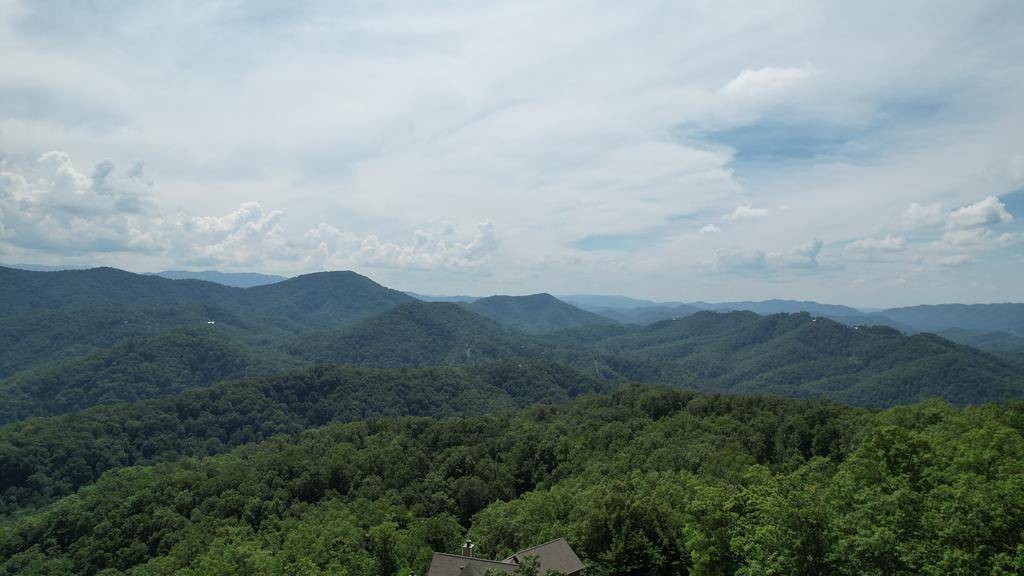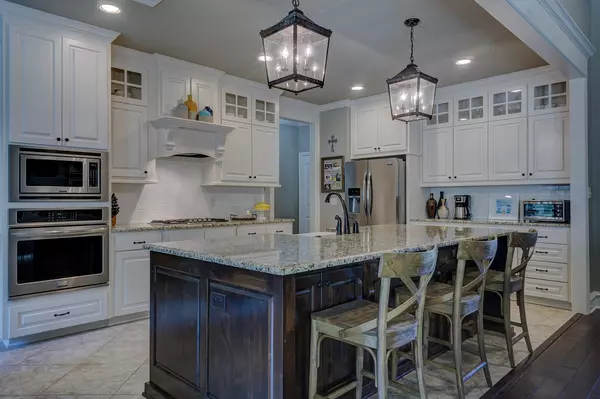How to Choose the Right Home Design for Your Property: Key Considerations and Tips

How to Choose the Right Home Design for Your Property: Key Considerations and Tips
Choosing the right home design for your property can be a complex but rewarding process. It’s essential to create a space that fits your needs, complements your property, and adheres to local regulations. Here’s a detailed guide to help you make informed decisions:
1. Assess Your Property
Evaluate the Lot: Start by examining the characteristics of your lot, such as its size, shape, and topography. Consider how these elements can influence your design options. For example:
-
Size and Shape: A larger lot offers more flexibility in design, while a smaller lot may require more compact or multi-story designs.
-
Topography: Hills or slopes may require special foundation work or impact the layout of your home.
Consider Views and Privacy: Think about the views you want to capture and the level of privacy you need. Positioning your home to take advantage of scenic views or shield it from neighboring properties can enhance your living experience.
2. Understand Zoning and Building Codes
Research Local Regulations: Familiarize yourself with local zoning laws and building codes. These regulations dictate what is permissible on your property, including:
-
Setback Requirements: The minimum distance your home must be from property lines.
-
Height Restrictions: Limits on the height of your building.
-
Usage Restrictions: Regulations regarding residential, commercial, or mixed-use purposes.
Consult with Authorities: Contact your local planning or building department for detailed information and ensure your design complies with all relevant regulations.
3. Set Your Priorities
Determine Must-Have Features: Identify the essential features you need in your home, such as:
-
Number of Bedrooms and Bathrooms: Based on your family size and lifestyle.
-
Living Spaces: Living room, dining area, kitchen layout, etc.
Identify Nice-to-Have Features: Consider additional features that would enhance your comfort but aren’t critical, such as:
-
Home Office: For remote work or hobbies.
-
Outdoor Spaces: Patios, decks, or gardens.
4. Choose a Design Style
Select a Style that Fits: Choose a design style that aligns with your preferences and complements the local architecture. Popular styles include:
-
Traditional: Classic designs with intricate details.
-
Modern: Sleek, minimalistic designs with open spaces.
-
Farmhouse: Cozy and functional with a rustic charm.
Harmonize with the Environment: Ensure the design harmonizes with the surrounding landscape and neighborhood character.
5. Work with Professionals
Hire an Architect or Designer: Engage with architects or home designers to translate your vision into a workable plan. They can help:
-
Draft Plans: Create detailed blueprints and 3D models.
-
Navigate Regulations: Ensure compliance with zoning laws and building codes.
-
Offer Expertise: Provide professional insights on design, materials, and construction techniques.
Collaborate with Builders: Choose a reputable builder who can execute the design plans and manage the construction process. Effective communication with your builder is crucial for a successful project.
6. Plan for Future Needs
Consider Expansion: Think about future needs and potential changes. Design your home with flexibility in mind, allowing for possible expansions or modifications down the line.
Incorporate Adaptable Features: Features like adjustable room layouts or expandable living spaces can be beneficial if your needs change over time.
7. Budget Wisely
Create a Realistic Budget: Establish a clear budget for your project, including costs for design, construction, permits, and unexpected expenses.
Manage Costs: Work closely with your architect, builder, and financial advisor to keep the project within budget. Regularly review costs and make adjustments as needed.
Explore Financing Options: Look into financing options if needed, such as home construction loans or personal loans, to support your project financially.
By carefully considering these factors and planning ahead, you can create a home design that not only meets your needs but also enhances your quality of life and fits harmoniously with your property.
Recent Posts

Discover Your Dream Home Location: Lot 118 Settlers View Lane in Sevierville, TN

Discover Your Dream Retreat: Lot 17-R Grouse Ridge Lane in Sevierville, TN

Discover Your Mountain Paradise: A Unique Investment Opportunity in Gatlinburg, TN

Discover Luxury Living in the Heart of the Smokies: A Stunning Cabin at 2382 Headrick Lead, Sevierville, TN

Top 5 Features That Sell Homes Fastest in Sevierville

Top 5 Benefits of Living Near the Smoky Mountains

Top 5 Outdoor Activities in The Smoky Mountains

Tips for a Perfect Fall Picnic in the Smokies

A Scenic Drive Through the Smoky Mountains: Embracing the Fall Foliage

Exploring the Fall Colors of the Smoky Mountains: A Colorful Adventure Awaits!

